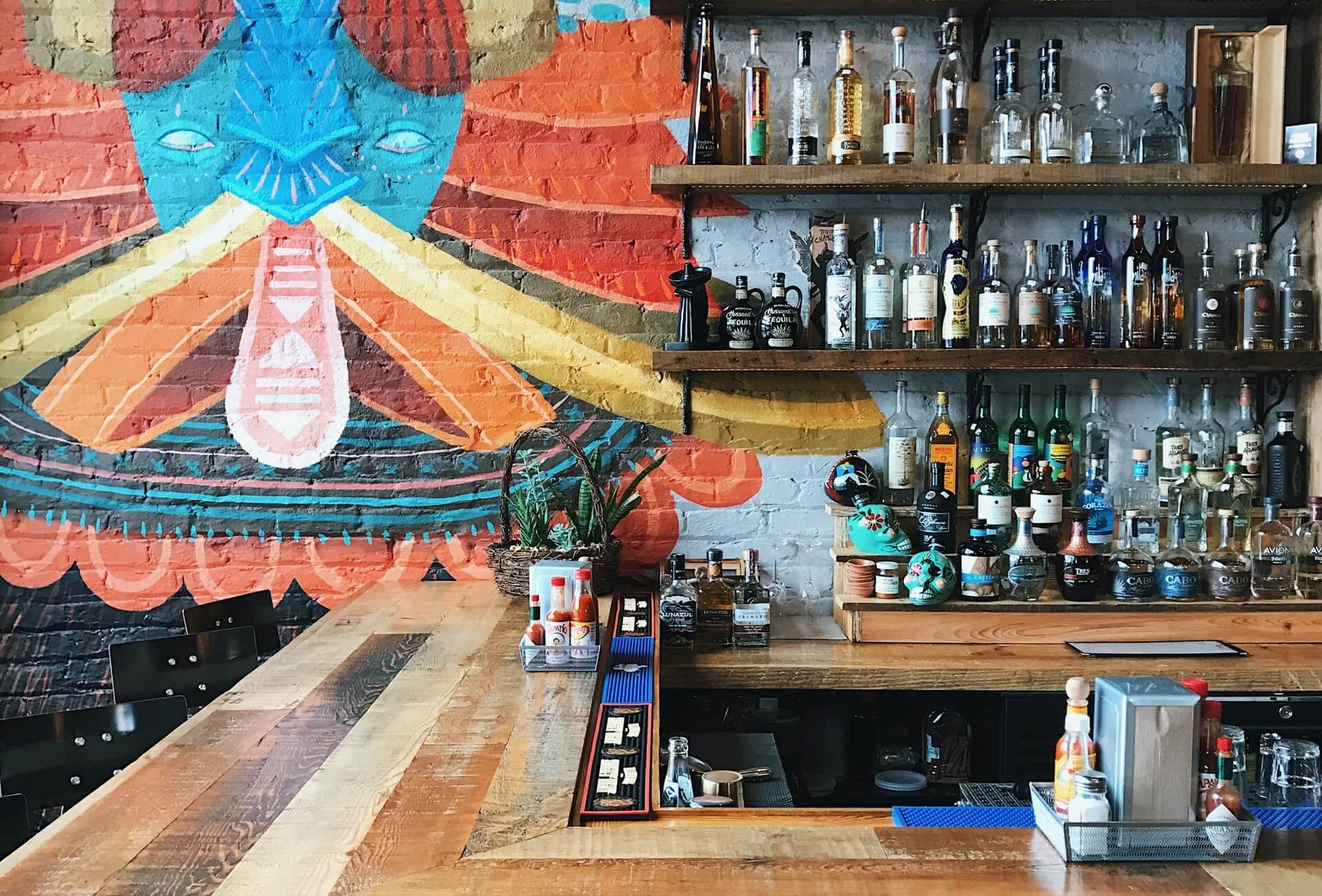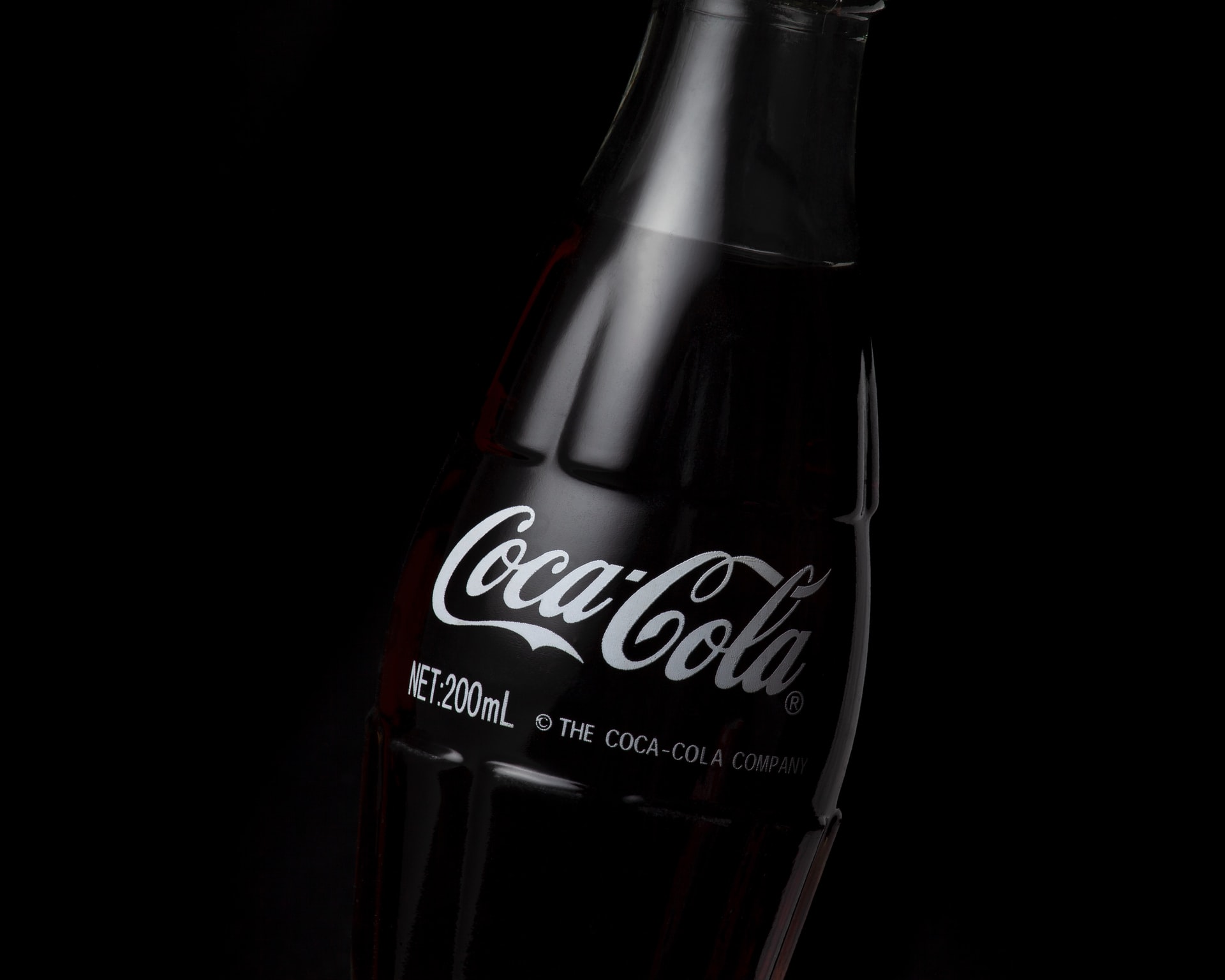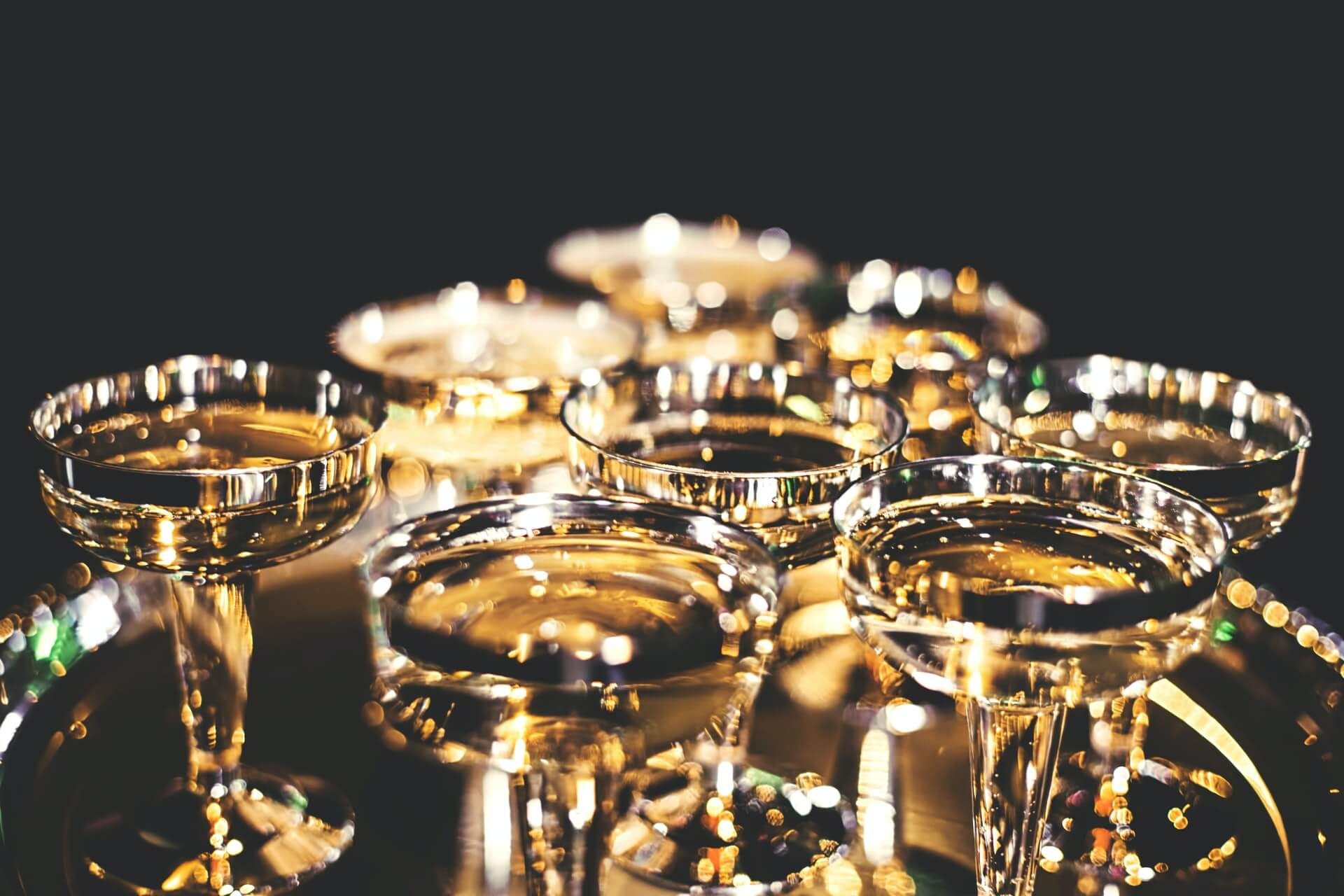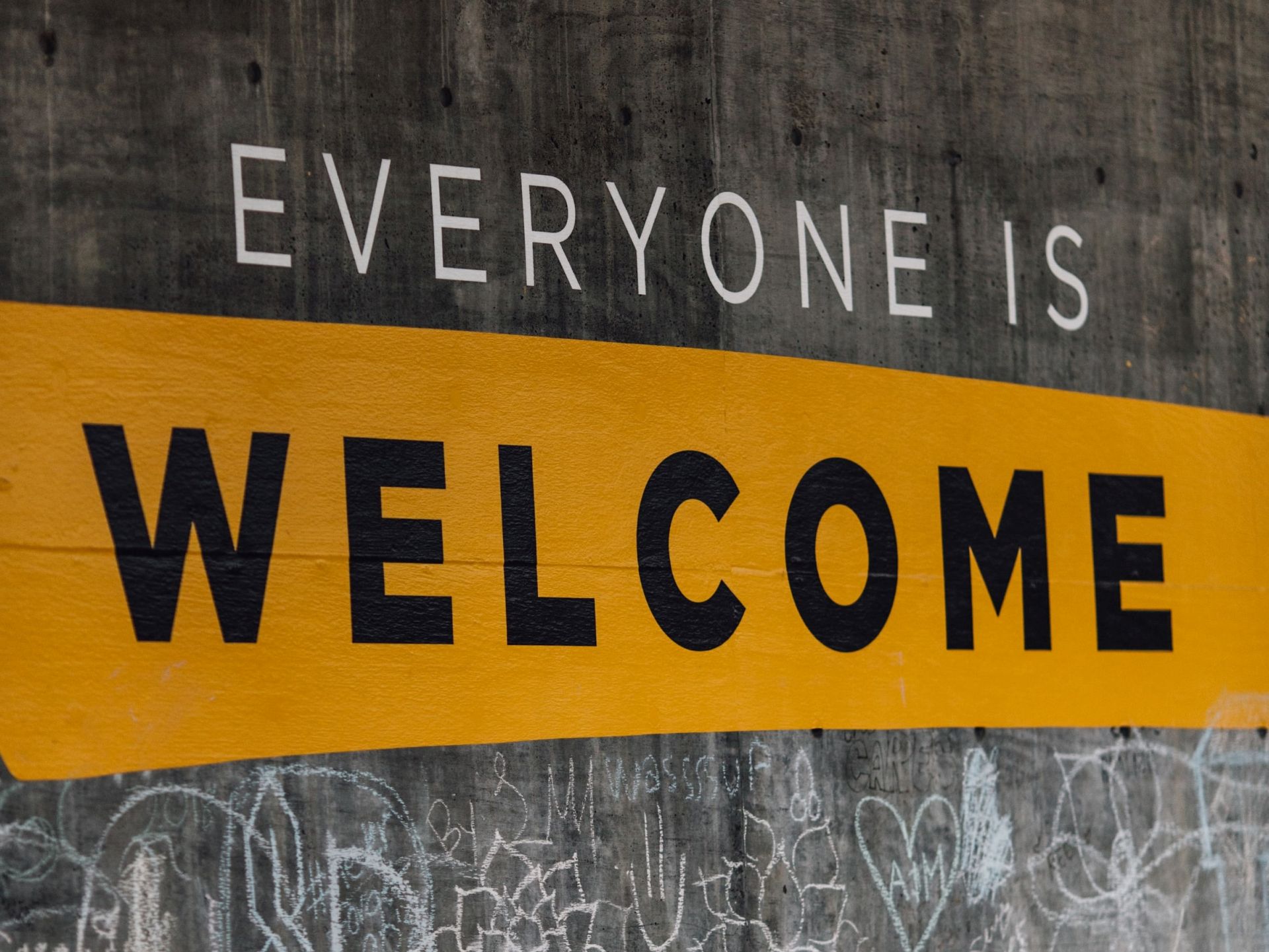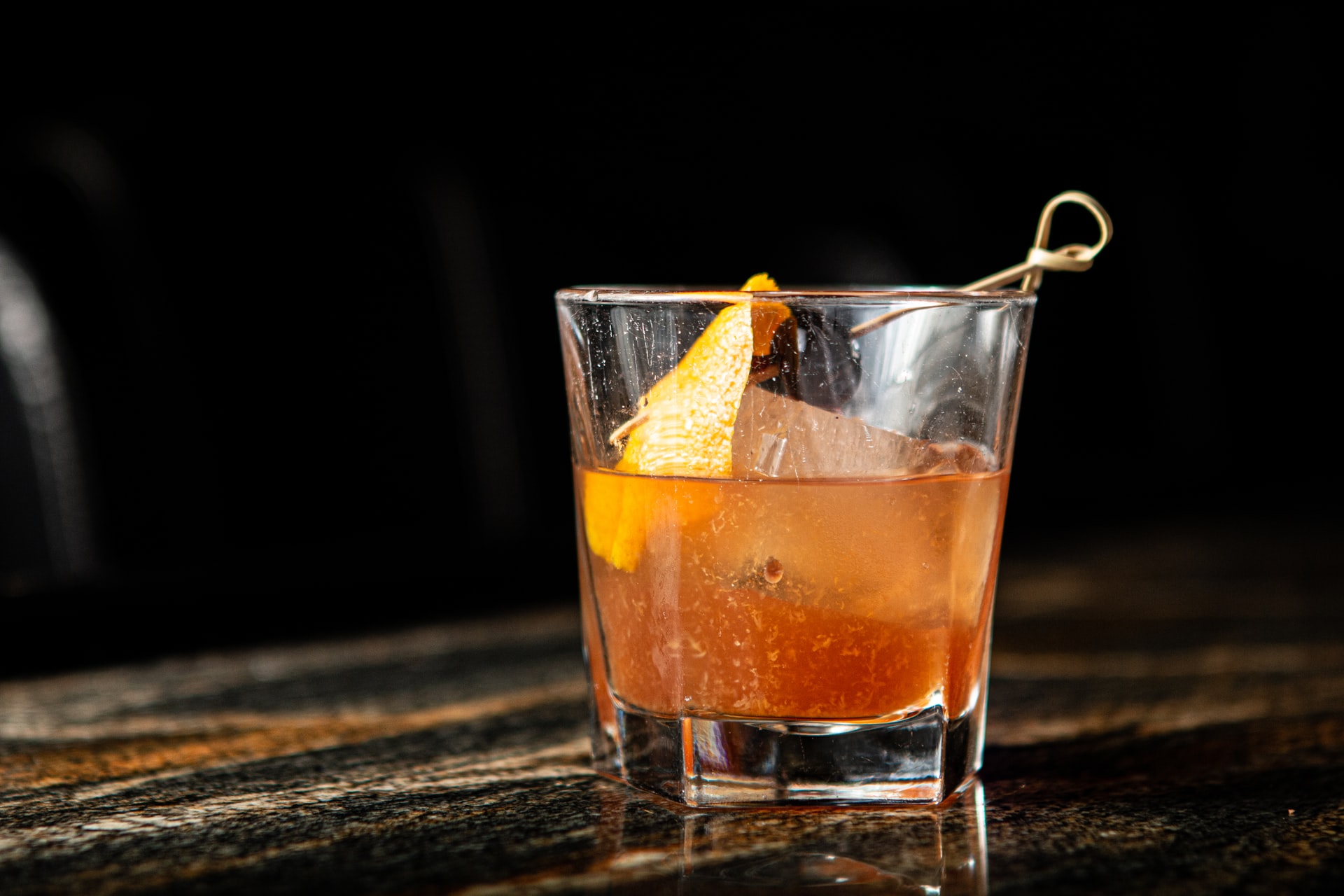Stories Sell: Whiskey Maturing and Aging
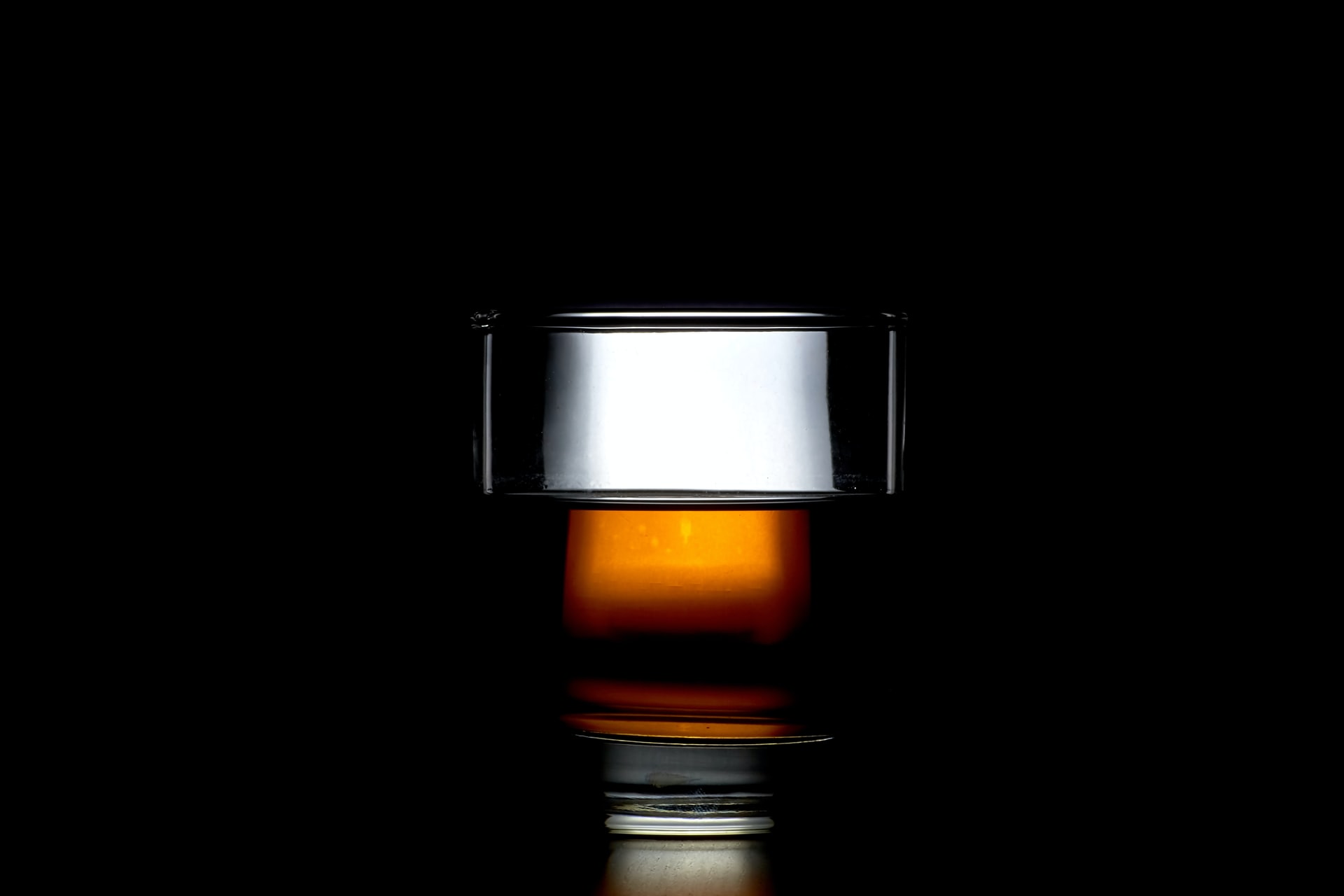
The whiskey emoji in real life.
When it comes to tempting a guest out of their comfort zone or introducing someone to a new spirit, telling a compelling story is key.
Now, when we’re talking about whiskey, there are several directions the relevant stories can take.
We can focus on a distillery’s heritage and legacy. There are the histories of master distillers and master blenders. And there are innovations that pertain to maturing and aging.
Look, it’s been a heavy week. The National Day of Action to Save Restaurants took place on Tuesday. Half of this week’s KRG Hospitality were focused on that crucial campaign.
So, I think we need to end this week with something fun. Remember, when your guests are having fun at your venue, they’re more apt to order that second or third drink. Of course, a fun experience also encourages first-time guests to convert to loyal, repeat guests.
You know what’s fun? Checking out how distillers are innovating and crafting special releases. Many limited-run expressions leverage attention-grabbing maturing and aging techniques to stand out.
Below are a few unique expressions. Sometimes, short and snappy is the best sales approach. Quickly sharing how a particular bottle was matured or aged can sell a dram quickly and effectively.
Jefferson’s Ocean
This bottle, a “very small batch” blend of straight bourbon whiskeys, goes on journey before arriving in your guest’s glass.
How great a journey? According to Jefferson’s Bourbon, Jefferson’s Ocean barrels travel on the deck of a ship 25 ports across five continents. During this aging process, the barrels also cross the equator twice.
The result is a unique bourbon with hints of salted caramel popcorn, tropical fruit, and brine. In short, the salt air of the sea is captured in each barrel that takes this impressive trip.
Starward Two-Fold, Nova, and Solera
David Vitale, the founder of Starward Whisky, is the guest on episode 63 of the Bar Hacks podcast.
During his episode, Vitale explains that Starward matures in Australian wine barrels. And to make sure the Australian distillery gets the most out of these barrels, Starward sources them from wineries that are within a day’s drive.
Vitale calls Two-Fold the “Swiss Army knife of whiskies.” Working well neat, on the rocks, in cocktails (like a Two-Fold & Tonic, says Vitale), and with food. Nova, also matures in barrels once filled with Australian red wine. The result is a whisky that Vitale says makes the world’s best Manhattan.
For Solera, Starward takes a slightly different approach. The distillery utilizes the Spanish Solera method for this expression, as the name implies. However, to really deliver a dram that embodies its home, Solera is matured in former Apera barrels. Apera, an Australian fortified wine, is similar to sherry.
Starward Ginger Beer Cask
If ocean aging and wine barrel maturation doesn’t grab your attention, this bottle may at least get an eyebrow raise out of your and your guests.
Now, before I proceed, this is a highly allocated Starward expression. During his podcast interview, Vitale told me even he, the founder, only gets one of these bottles when they come up for release.
The 2022 Starward Ginger Beer Cask is the seventh bottling of this experimental expression. To craft this rare spirit, Starward brews alcoholic ginger beer (Vitale comes from the craft beer brewing world in Australia) and finishes their single malt whisky in those ex-ginger beer casks.
Expect strong, spicy, warm notes of ginger, along with candied citrus, dark chocolate, vanilla, and pineapple.
American Highway Bourbon
When country music superstar Brad Paisley went on tour in 2019, he brought along something unique. That special something? A world first: 90 barrels of whiskey inside a 53-foot trailer.
That “rolling rickhouse” traveled coast to coast across 25 states. The 90 barrels toured and aged with Brad Paisley for more than 7,300 miles.
When the tour concluded, the trailered whiskey was blended with three Kentucky bourbons to create Batch One: one three year, one 13 year, and one 15 year. American Highway Reserve, in collaboration with Bardstown Bourbon Company, was born.
Batch Two is coming in 2022. For this expression, the rolling rickhouse followed Paisley’s 2021 tour.
Each of the bottles above tell a unique, tempting story. Better yet, these stories can be told to guests quickly. Upselling is an art, and these bottles make it easier.
Image: Mathew Schwartz on Unsplash



